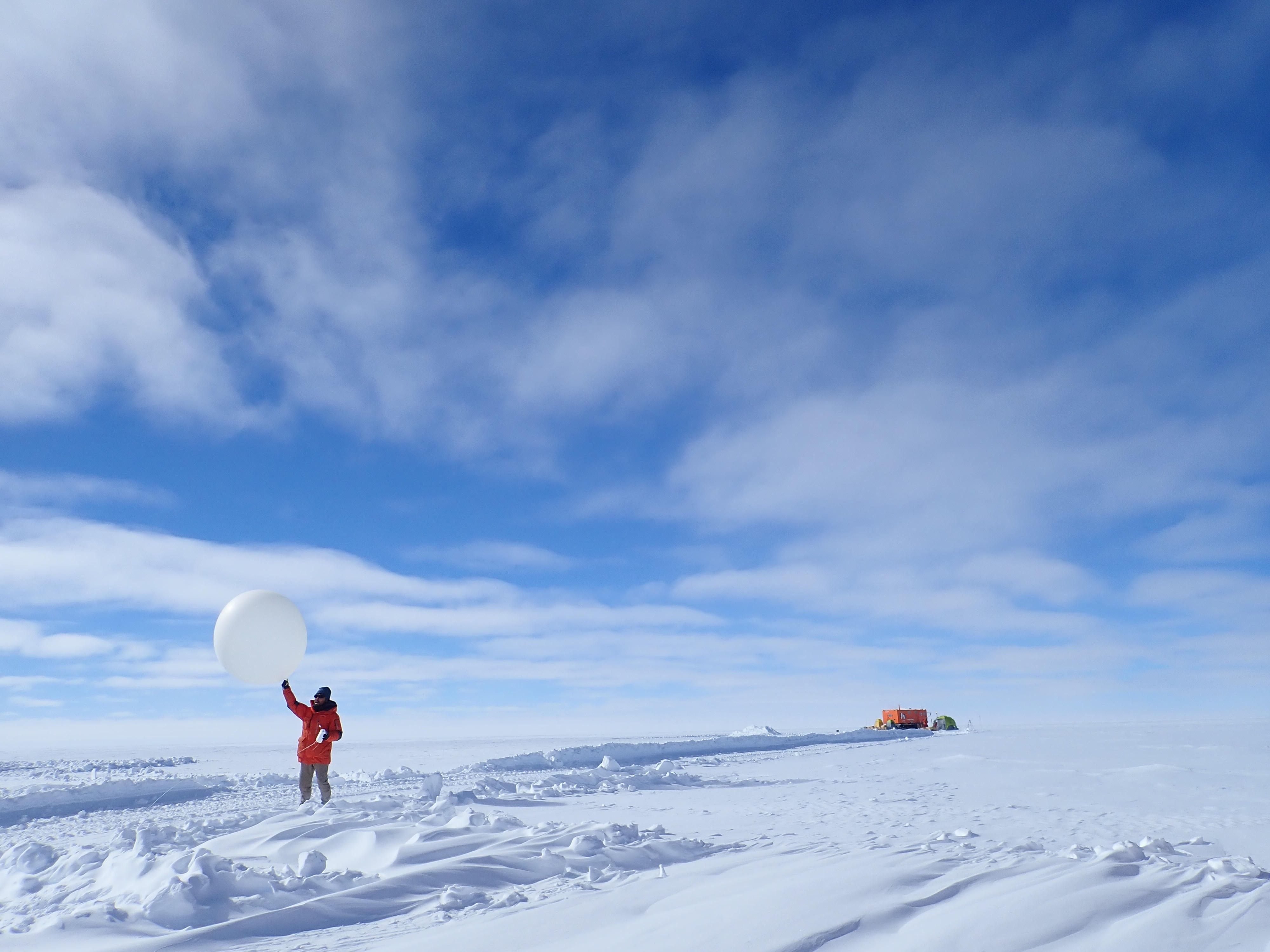Observational data from radiosondes deployed in Antarctica improve the forecasting accuracy for severe Antarctic cyclones, according to a Japanese research team led by the Kitami Institute of Technology, Hokkaido, Japan.
In parts of the Earth that are very sparsely populated, such as the Antarctic, direct observational weather data can be hard to come by, and with Antarctica’s extreme climate, failure to accurately predict severe weather can easily become deadly. The team conducted a study that focused on the impacts of these data on forecasting an extreme cyclonic event, and the findings have been accepted and published as early view in Advances in Atmospheric Sciences.
With advancements in satellite technology and computer modeling, forecasting of storms and other weather events is constantly improving. However, accurate forecasts are not based on satellite data alone – they still rely on direct measurements taken at the surface and in the atmosphere. Direct measurements of the atmosphere can be obtained by deploying weather balloons equipped with radiosondes, devices that collect and transmit information about variables such as altitude, temperature, humidity, and wind speed.
Read more at Institute of Atmospheric Physics, Chinese Academy of Sciences
Photo: Photograph showing radiosonde observation at Dome Fuji Station inAntarctica. The person in the photo is Dr. Konosuke Sugiura, a co-author of thestudy. (Photo credit: Taichi Ito)


